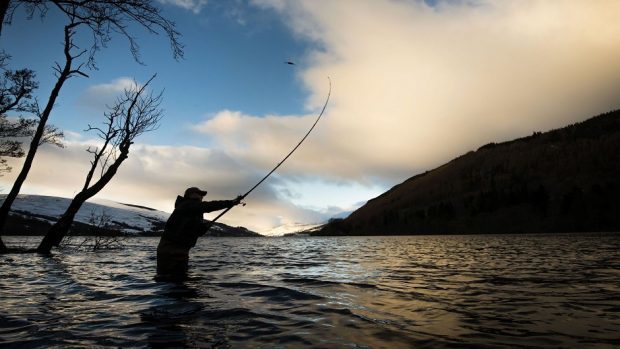Salmon and Trout Conservation Scotland (S&TCS) has claimed new figures for wild fish catches on the west coast highlight an adverse impact of salmon farms in the area.
S&TCS, which describes itself as a group dedicated to the protection of “fisheries, fish stocks and the wider aquatic environment for the public benefit”, said yesterday its analysis showed the five-year average salmon catch for the west coast rod fishery – from Cape Wrath to Mull of Kintyre, including the Hebrides – had declined to 76% of its 1970 value by 2014.
East coast rod catches increased by about 40% over the same period, it added.
According to S&TCS, which has long argued that sea-lice infestations in salmon farms spread into wild stocks, west coast catches would have been 80% higher if they had “tracked the pattern” seen in aquaculture-free areas on the other side of Scotland.
S&TCS director Andrew Graham-Stewart said: “The only significant difference between the two coasts is the presence of aquaculture on the west. The salmon farming industry in the west has grown inexorably since 1970.
“Our analysis fundamentally contradicts the misguided and disingenuous contention of representatives of the salmon farmers who maintain that there is no evidence that their activities have an impact on wild fish numbers.”
Scottish Salmon Producers’ Organisation chief executive Scott Landsburgh said: “Very few Scottish rivers are in good form for a wide variety of reasons.
“The salmon farming industry’s joint working with wild fisheries organisations has shown a productive and co-operative relationship looking at restoration and restocking projects.
“This sort of joint working and information sharing about both wild and farmed salmon is surely the productive way forward.”
